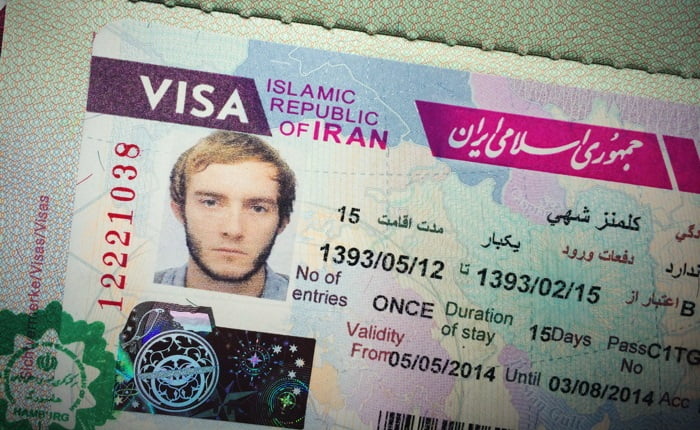Iran visa tips and facts
Iran tourism visa extends from 30 to 45 days
Travelers entering Iran from June 2022 will only need proof of a negative PCR test (within 72 hours of flying) or two doses of a vaccine at least two weeks earlier.
According to the latest rules listed by the Iranian government, you do not need to provide both on arrival, and a printed vaccine proof is advised just in case your digital QR code or digital certificate fails to load due to internet connectivity problems on arrival in Tehran.
Getting an Iran visa is not difficult for people of several countries, available to receive visa on arrival at the airport.
Which Countries Can Apply for a Visa on Arrival (VOA)?
The citizens of the listed countries are eligible for visa on arrival:
- Armenia
- Argentina
- Australia
- Austria
- Belarus
- Belgium
- Brazil
- Bulgaria
- Brunei
- China
- Croatia
- Cyprus
- Denmark
- Finland
- France
- Georgia
- Germany
- Greece
- Hungary
- Hong Kong
- Ireland
- Iraq (Only if they are traveling air borders)
- Italy
- India
- Indonesia
- Japan
- Kazakhstan
- Kyrgyzstan
- Kuwait
- Lebanon
- Luxembourg
- Malaysia
- Mexico
- New Zealand
- Netherlands
- North Korea
- Norway
- Oman
- Poland
- Portugal
- Palestine
- Qatar
- Romania
- Russia
- Republic of Azerbaijan
- South Korea
- Spain
- Sweden
- Switzerland
- Slovenia
- Singapore
- Syria (Only if they take direct flight from Syria)
- Switzerland
- South Korea
- Taiwan
- Thailand
- Turkmenistan
- Ukraine
- United Arab Emirates
- Venezuela
- Vietnam
The listed countries are eligible to get an Iran visa upon their arrival at the Iranian airports. You can apply for a VOA when you land in Iran. VOA is not available at the land borders of Iran.
- Citizens of the UK, USA and Canada are not permitted to use the visa on arrival system and will have to contact agencies to book a guided tour.
- Citizens of Hong Kong now have visa free access to Iran as of 2019.
- Citizens of UK, USA and Canada can still travel to Kish and Qeshm islands (Free Trade Zones) with no visa required.
Different types of Iran visa
There are various types of visas that are fully explained below.
Tourist Visa: The most common type of visa for people who want to enter Iran simply for tourism purposes.
Pilgrimage Visa: All the foreign Muslims all around the world who are visiting the religious holy sites.
Entry Visa: This type of Iran visa is applicable for those foreign citizens who have an invitation letter from family, ministries, governmental organizations, or private and public sectors for the purpose of work, or visiting family and friends.
Student Visa: All foreign students, professors, scholars, and researchers are eligible to apply for this type of visa(Iran student visa). Applicants will need a Certificate of Eligibility for Nonimmigrant Student Status from the science ministry, education ministry, or an accredited academic institution
Work Visa: Skilled workers, doctors, engineers, and generally all specialists in different fields can apply for this visa. As the name suggests these travellers are traveling for temporary work and to share their skills with Iranians.
Transit Visa: This kind of visa allows foreign citizens to pass through Iran with no purpose of staying. Merchants and transporters are mostly the people who apply for this type of visa. Travelers will need a visa for the final destination or other proof of onward travel.
Marital Visa: This type of visa is eligible for those families who have different nationalities. If your husband or wife is Iranian, you can apply for this type of visa. This also works for the children of such families.
Media Visa: All members of the media including radio workers, press reporters, cameramen or photographers, cinema and television directors, actors, and producers who are traveling to Iran as a part of their job can apply for this kind of visa (Iran press visa). Applicants need a permit from the Media & Public Diplomacy centre.
Medical Visa: This special type of Iran visa (Iran medical visa)is for those foreign citizens who are traveling to Iran for medical purposes including medical tourism.


